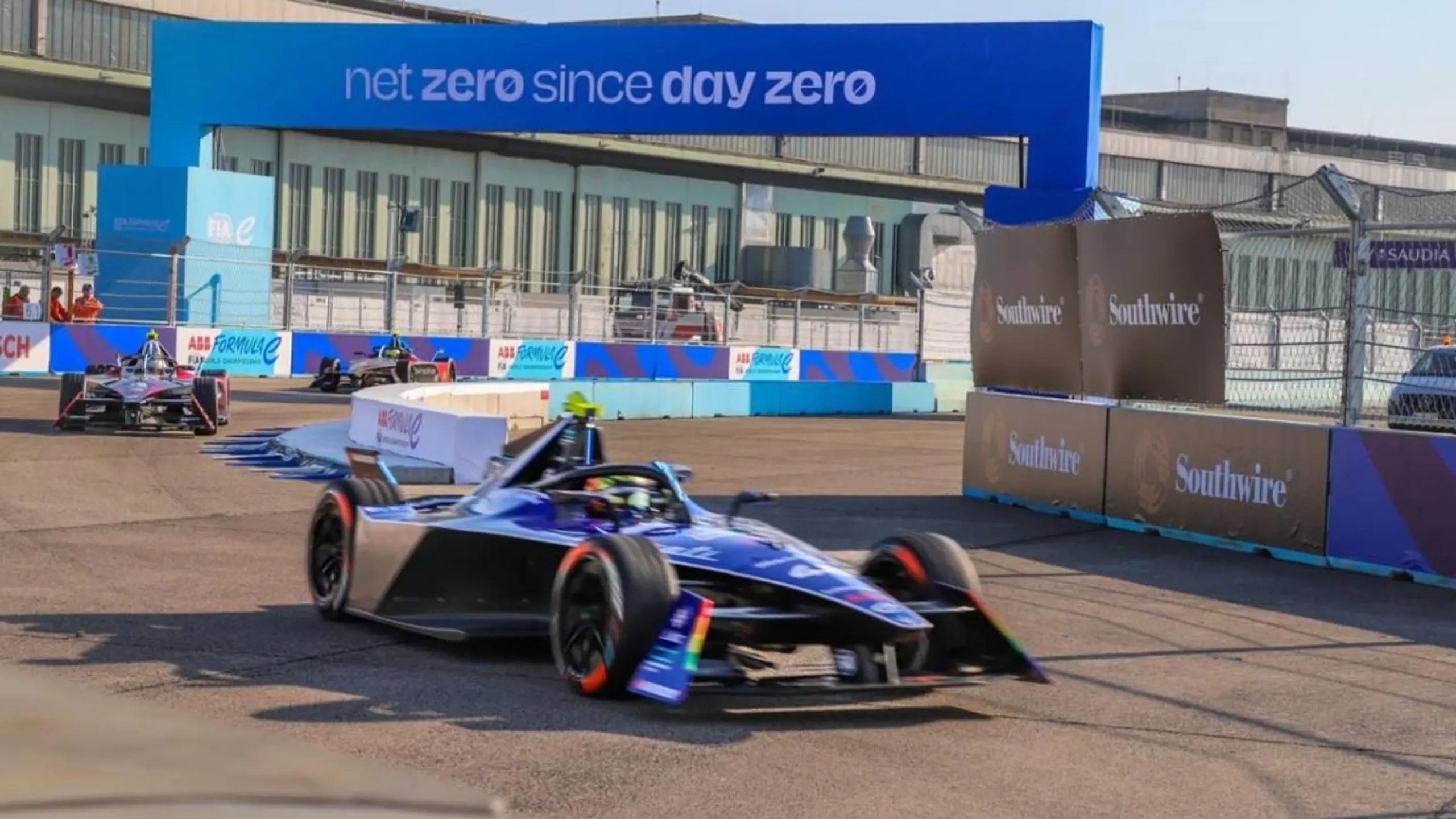Formula E is an electric car racing series showcasing cutting-edge EV technology. In 2020, the ABB FIA Formula E World Championship became the first global sport certified with a net-zero carbon footprint, offsetting emissions through certified climate-protecting projects. Formula E manages its carbon footprint by measuring carbon output, reducing its footprint, and offsetting unavoidable emissions.
Launched in 2014 by the Fédération Internationale de l’Automobile (FIA), Formula E promotes electric vehicle adoption and sustainable innovation in the automotive industry. The series features single-seater electric cars racing on temporary street circuits in major cities worldwide. With nearly 400 million fans worldwide, 11 teams, and 22 world-class drivers on the grid, Formula E is poised for rapid growth in the coming years. In June 2024, Liberty Global acquired shares from Warner Bros. Discovery, securing a controlling stake in the world’s fastest-growing motorsport.
“Formula E was created to accelerate electric vehicle adoption and promote sustainable practices, raising awareness of the benefits of clean mobility,” said Julia Pallé, Sustainability Director at Formula E, on the championship’s renewal of ISO 20121 certification. The “Gen2” cars in Formula E have a standardised chassis and battery, but teams can develop their own powertrains, including the motor, inverter, gearbox, and rear suspension. This setup ensures a level playing field while fostering technological innovation. The cars reach speeds of up to 280 km/h and accelerate from 0 to 100 km/h in about 2.8 seconds. Each E-Prix race occurs on tight, twisty city circuits, providing a unique and challenging environment. The race format includes practice sessions, qualifying, and the main race, all held on a single day to minimise city disruption.
Formula E’s main environmental benefit is its use of electric power, which produces zero tailpipe emissions, unlike traditional internal combustion engines that release CO2 and other pollutants. This reduces the series’ overall carbon footprint. Formula E aims to be a net-zero carbon sport by offsetting emissions through tree planting and renewable energy projects. It also serves as a high-profile platform for advancing EV technology. Improvements in battery efficiency, energy management, and electric drivetrains often transfer to consumer EVs, accelerating cleaner transportation and reducing the automotive industry’s environmental impact.
The championship is committed to sustainability beyond cars. Race organisers aim to reduce event environmental impacts by using renewable energy, implementing waste reduction strategies, and promoting sustainable transportation for fans and staff. Formula E races often feature solar panels, energy-efficient lighting, and recycling programs. The Race Against Climate Change (RACC) initiative educates audiences on sustainable living. In May 2024, Formula E launched a programme to educate children aged eight to twelve in host cities on environmental and social issues, focusing on air pollution, renewable energy, circular economy, and diversity, equity, and inclusion.
In December 2023, Formula E created a race car entirely from e-waste, weighing 1,200 kilograms and reaching speeds up to 280 km/h. It was made from discarded electronic products like laptops, keyboards, phones, and batteries, showcasing innovative e-waste repurposing. Formula E also launched the Recover E-Waste to Race competition, inviting young people to build e-waste cars from recycled materials. Winners were announced at the London ePrix, the final race of the 2022/23 season, where the Recover-E car was unveiled. “Over 95 percent of the metals are recyclable, and the lithium is over 85 percent,” said Julia Pallé, Formula E Sustainability Director, to EVO India in June 2023.
By bringing electric racing to city centres, Formula E raises awareness of the benefits of electric vehicles and sustainable living. The series changes perceptions by demonstrating that EVs can be high-performing and eco-friendly. This shift in public opinion is crucial for increasing demand for electric cars and supporting a transition to more sustainable transportation.
While Formula E has made significant strides in promoting sustainable car racing, it faces challenges and criticisms. Key concerns include the environmental impact of manufacturing and disposing of lithium-ion batteries, the extraction of rare minerals, and the carbon footprint of transporting teams and equipment globally. The series is working to address these issues by developing sustainable battery technologies, improving recycling processes, and reducing its carbon footprint.
As Formula E grows, its influence on the automotive industry and environmental sustainability is expected to expand. The introduction of “Gen3” cars with advanced technology, improved energy efficiency, and better performance will further establish Formula E as a testbed for innovation and a driver of change in the automotive sector.
